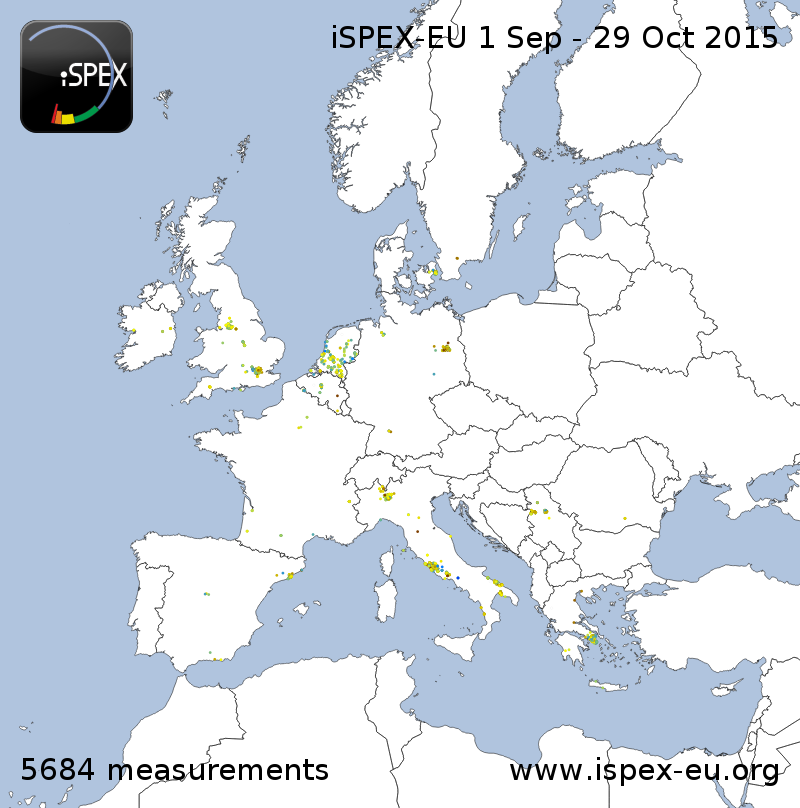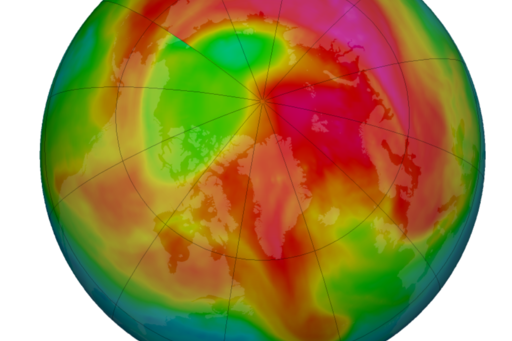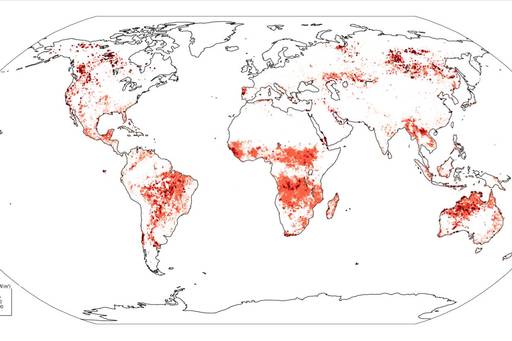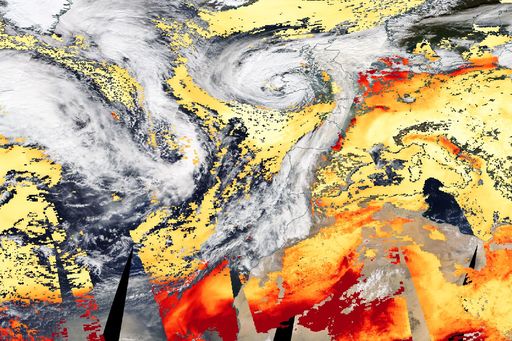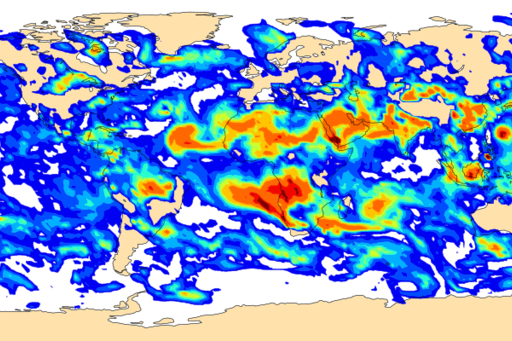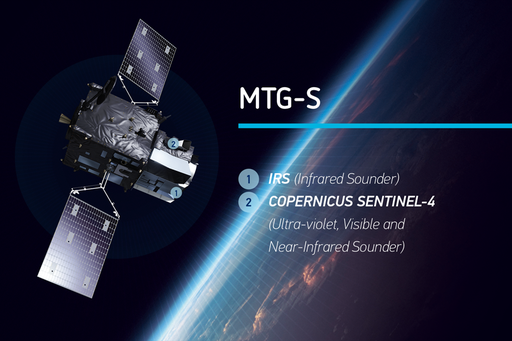Monitoring Atmospheric Composition MOOC
Topic outline
-
In this course, we will introduce you to the role of ground and air based in situ data and satellite ‘Earth observation’ (EO) technology in monitoring our atmosphere, and to the informative and critically important data it produces.
This course will provide you with an overview of the different ways in which we monitor the atmosphere and will introduce you to the fundamental techniques and methodologies of working with this data. You will also learn about the ways in which this data is used to inform policy and decision making in attempts to negate and minimise the damage that is being done to our atmosphere.
Significance of this Course
The composition of our planet’s atmosphere is a delicate balance - even the slightest changes could be catastrophic. However this delicate balance is being put under pressure from multiple factors, such as air pollution and the emission of greenhouse gases, which is in turn having a very real and significant impact on our everyday lives. You will learn more about these factors and impacts throughout this course.
What you will learn
- Explore how we observe and measure the atmosphere with satellites, ground-based and other forms of in-situ measurements
- Understand the importance of satellite observations and other forms of measurements for atmospheric monitoring
- Investigate how atmospheric data is used in policy and decision-making, in a range of arenas, in conjunction with models
- Recognise the importance of the data for monitoring long-range transportation of pollutants in the atmosphere
Downloads
- English transcript (pdf)
-

Week 1 of the course will introduce you to the Earth's atmosphere and why we monitor it.
Topics covered include threats the atmosphere is facing and why monitoring matters; an introduction to the Copernicus Programme and CAMS; the structure of the atmosphere; what we measure; the different satellites used to measure the atmosphere; and how atmospheric data can support enterprises and innovative solutions.
-
Now that you have covered the initial topics in Week 1, we hope that you are starting to become familiar with key terms, technologies and names of satellite missions. You can download and use the table, from the downloads section on the right, to explore all of the Earth observation satellite missions that are mentioned throughout this course. You can refer back to this table at any time, and additional links to these missions can be found in each topic.
Downloads
-
For this exercise we will be looking at Breezometer which provides accurate live air quality emissions around the world. It provides real-time information on health sensitivities related to air pollution, indoor and outdoor pollutant levels, and if it is safe for children and sport activities.
- Click here to go to the Breezometer website.
- Search for an area of your choice using the search bar. This could be where you live, where you work or study, or just an area you are interested in.
- What is the dominant pollutant in the area? What are the levels for each pollutant? How do levels change depending on the time of day?
- Compare this area to somewhere else of your choice. Is it similar or different, can you tell why this might be?
-
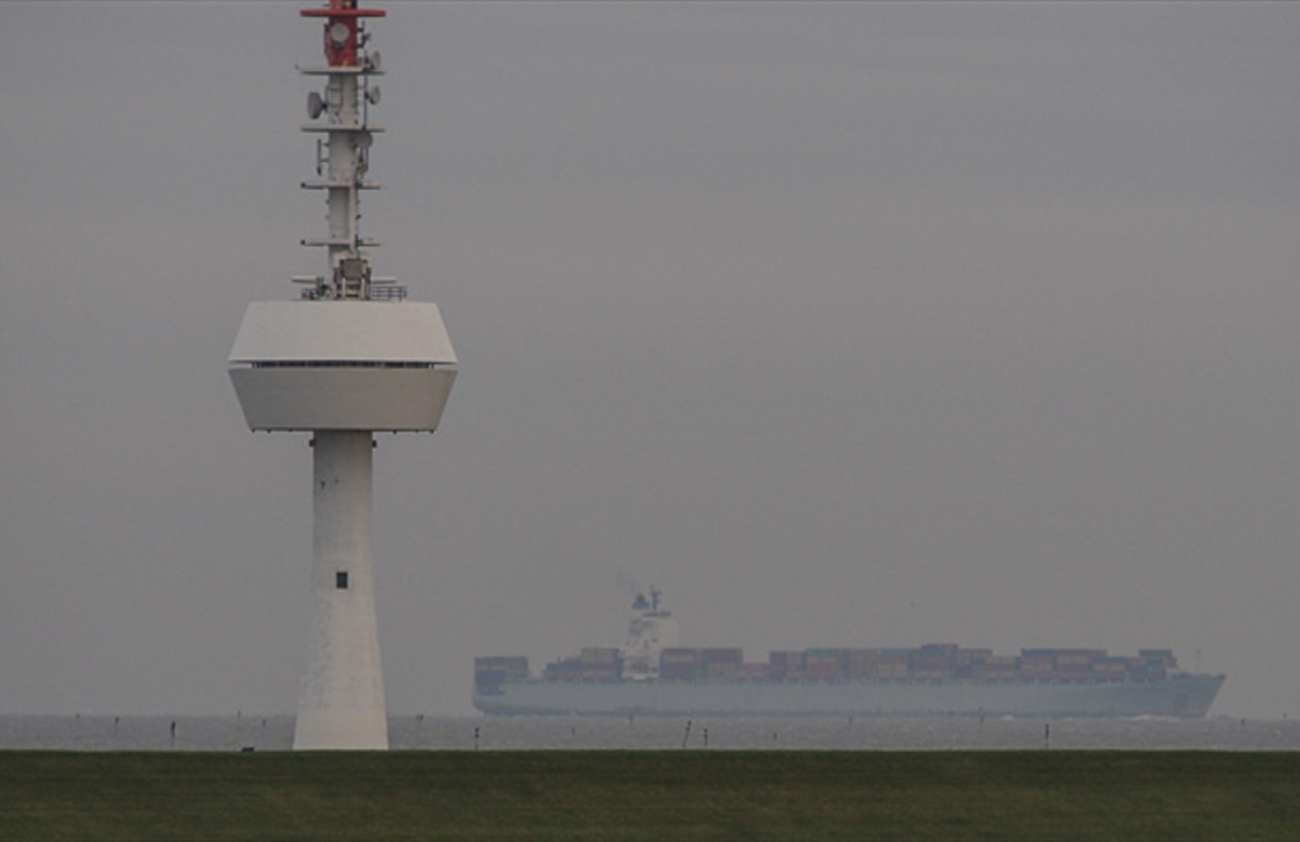
Week 2 of the course will look at types of atmospheric pollution, methods of measurement and how pollution effects human health in more depth.
We will look into more detail at air quality and the types of atmospheric pollution, how we measure and model this pollution and the effects this pollutants have on human health. This week will also go over the various techniques for how this data is collected from multiple sources, combined and then mapped out into models and digestible data sources, which can then be used to create policy and help people who are at risk to avoid areas where pollution is high.
-
-
-
The ability to monitor and track air pollution is vital in being able to understand how much is coming from where, how we can reduce it and mitigate its negative effects. Pollution.org provides an interactive world map with data on air, water and soil pollution globally. Sources are credible, government approved data-sets and updated on a regular basis.
Task
Visit Pollution.org on your browser.
Focus on air pollution by toggling contaminated sites and water pollution off.
Select two locations of interest on the map and take a look at the AQI (air quality index)
Is there a significant difference in AQI levels or not? Why might this be?
Share your findings in the discussion section below
-
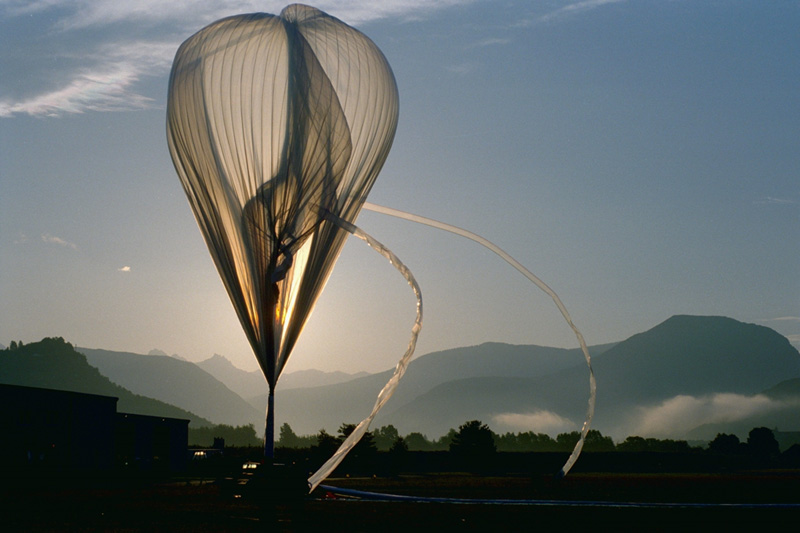
Week 3 will look at how we monitor GHGs from both satellites and in-situ measurement methods.
We will look at how we can accurately measure GHGs to help aid us in dealing with climate change and particularly methane, which is one of the most potent GHGs in the atmosphere. This week will also look at measurement techniques such as using aircraft to measure CO2 and methane, the data products we can use to GHGs and ozone hole prediction, and how policy has been implemented to combat this.
-
-
-
This week’s guided exercise will look at carbon emissions using the Global Carbon Atlas. This tool can be used to explore, display and download data and figures on carbon dioxide emissions from the combustion of fossil fuels, cement production and land use change over multiple decades, including their drivers.
Task
Visit the Global Carbon Atlas
Read the numbered instructions and click on the ‘Ok, I get it’ button once you are done.
On the left-hand panel click ‘All’ then at the top click on ‘deselect all’. Now in the search box on the left panel search for your country or a country of your choice and tick the box so that only data for that country is showing.
Press the play button on the timeline at the bottom and watch the circle size and amount of MtCO2. Does the amount of carbon decrease or increase from 1960 until 2016? What is the difference? Does it fluctuate a lot of the 50-year period?
Now reselect every country again and play press the play button again. Is the data for the world similar to your country? Or is it the opposite?
You can also look the ‘Focus’, ‘Time series’ or ‘Ranking’ information by clicking on the buttons on the right, and play around with the data. If you find anything interesting or shocking share in the discussion.
-
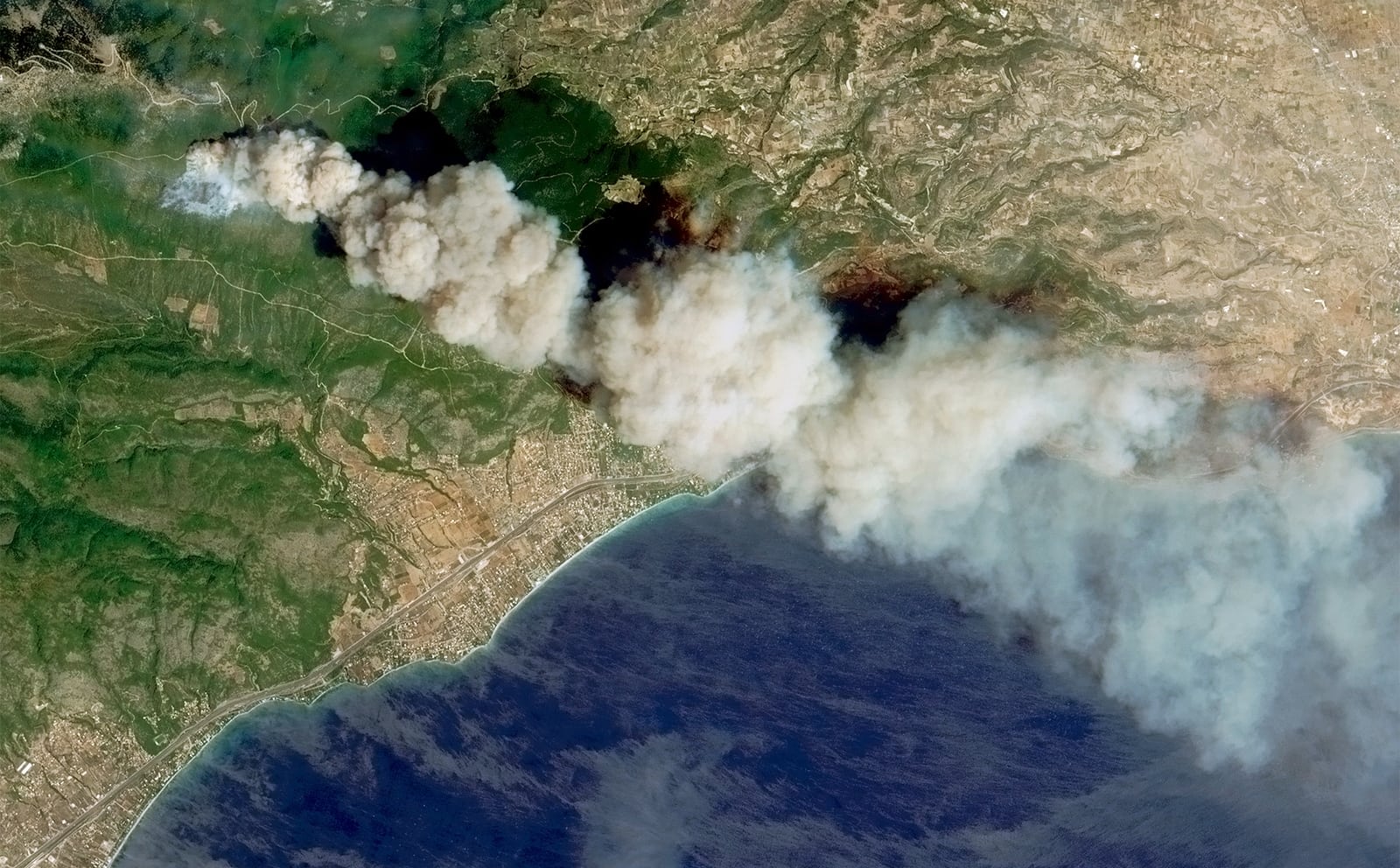
Week 4 will look at how emissions from natural and anthropogenic sources such as volcanoes, wildfires and dust storms can be transported long distances, and how we can measure and monitor this.
We will go over aerosols, how pollution is transported through the air and the sources of these pollutants in more detail.
This week will also look at how we can monitor wildfires and biomass burning and using this data to enforce policy, as well as aerosol forecasting.
-
-
-
For this week’s guided exercise, we will be using the NASA World View tool. On the 16th October 2017 an orange haze and ‘red sun’ could be experienced in parts of Europe, including the UK and France, due to wildfires in Portugal and Spain, and dust in the Sahara being carried along by winds from Hurricane Ophelia.
Task
Open NASA World View here.
Go to ‘Add Layers’ and under ‘Hazard and Disaster’ tab choose ‘Dust Storms’, then ‘Aerosol Optical Depth’. On the left-hand side choose ‘Suomi NPP/OMPS’, then tick the box for ‘Aerosol Index’. Once you have done this, close the pop-up box by clicking the x.
Select the date at the bottom as October 15th, 2017, can you see where the high amounts of Aerosols are (shown in bright yellow and red). Now move the date to the 16th through to the 18th and focus on Europe. Can you see the movement of aerosols?
You can also go to ‘Fires’ and then ‘Fires and Thermal Anomalies’ to add a layer on showing active fires. You will now be able to spot the source more easily, of the aerosols that were coming from the wildfires in Portugal and Spain.
Can you spot any other similar events to this? Such as the red haze in Crete, Greece on 22nd March 2018.
-
-
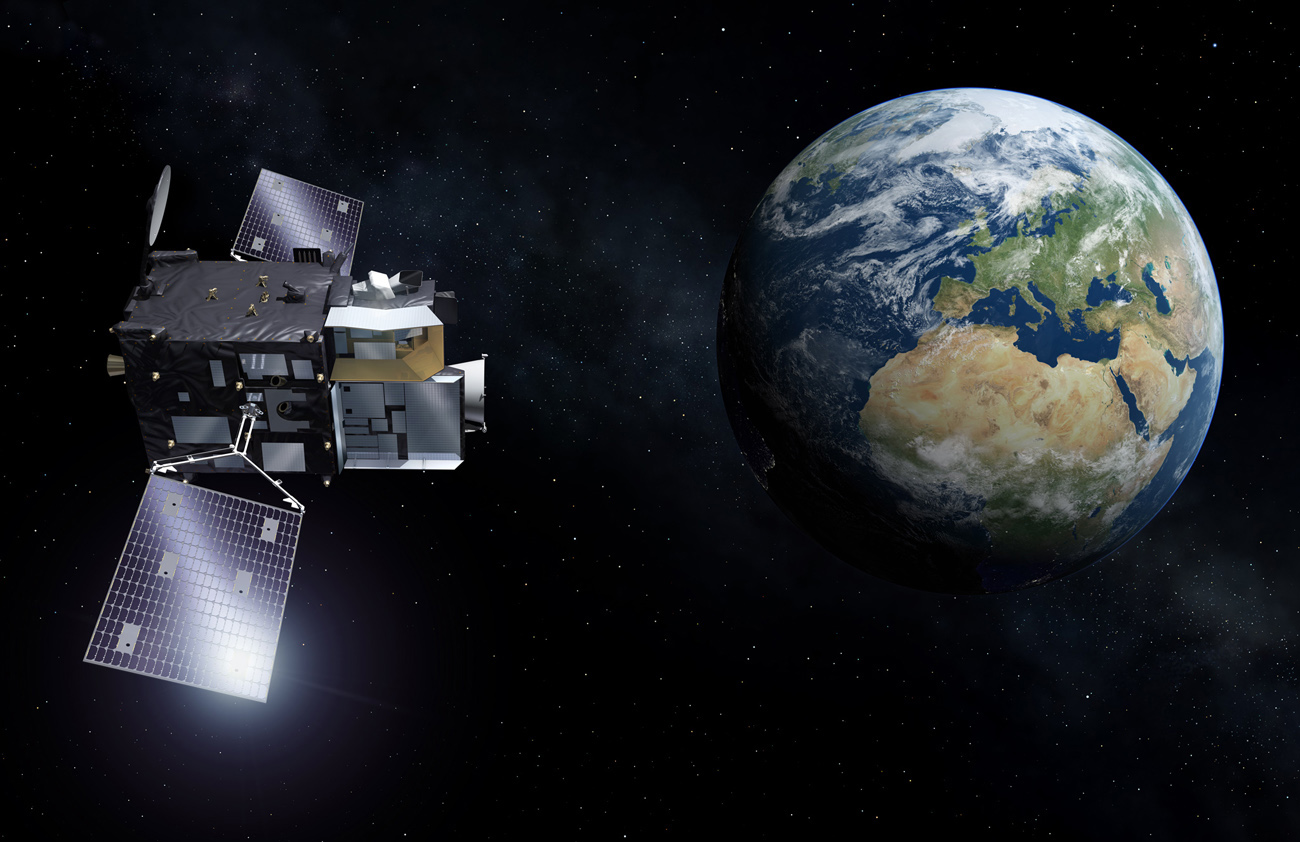
In this final week of the course we will take a look at Copernicus missions and strategies for the future, and round up the course.
We will look into the free and open data provided by Copernicus and how we can benefit from this data. This week will also cover how earth observation data supports effective international policy and decision making for climate change mitigation and adaptation.

